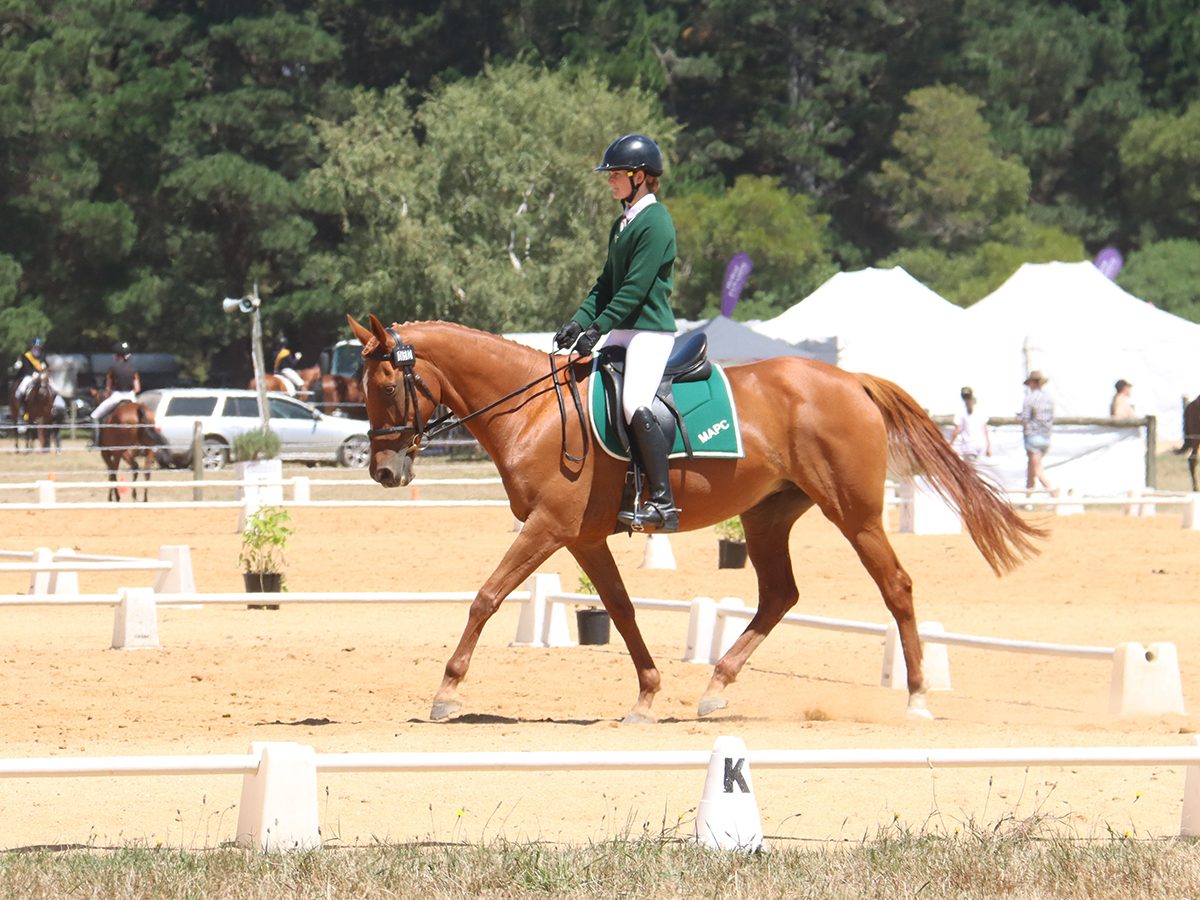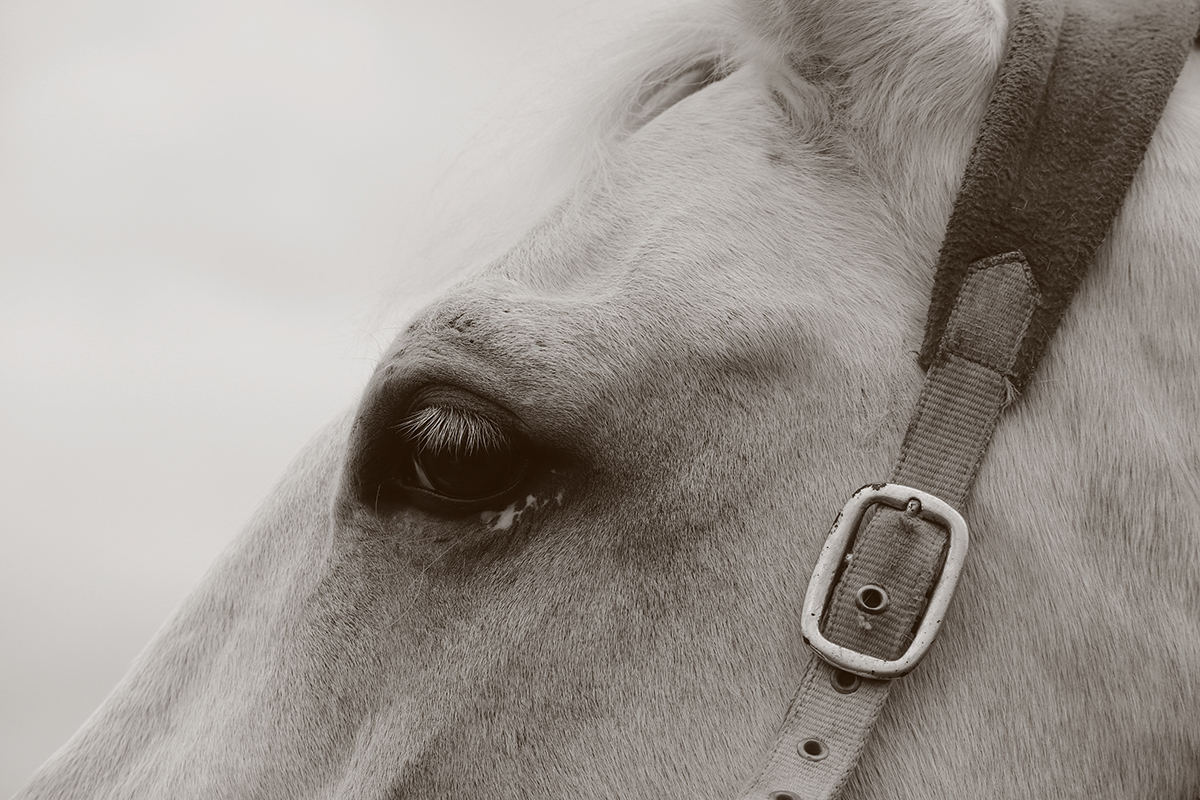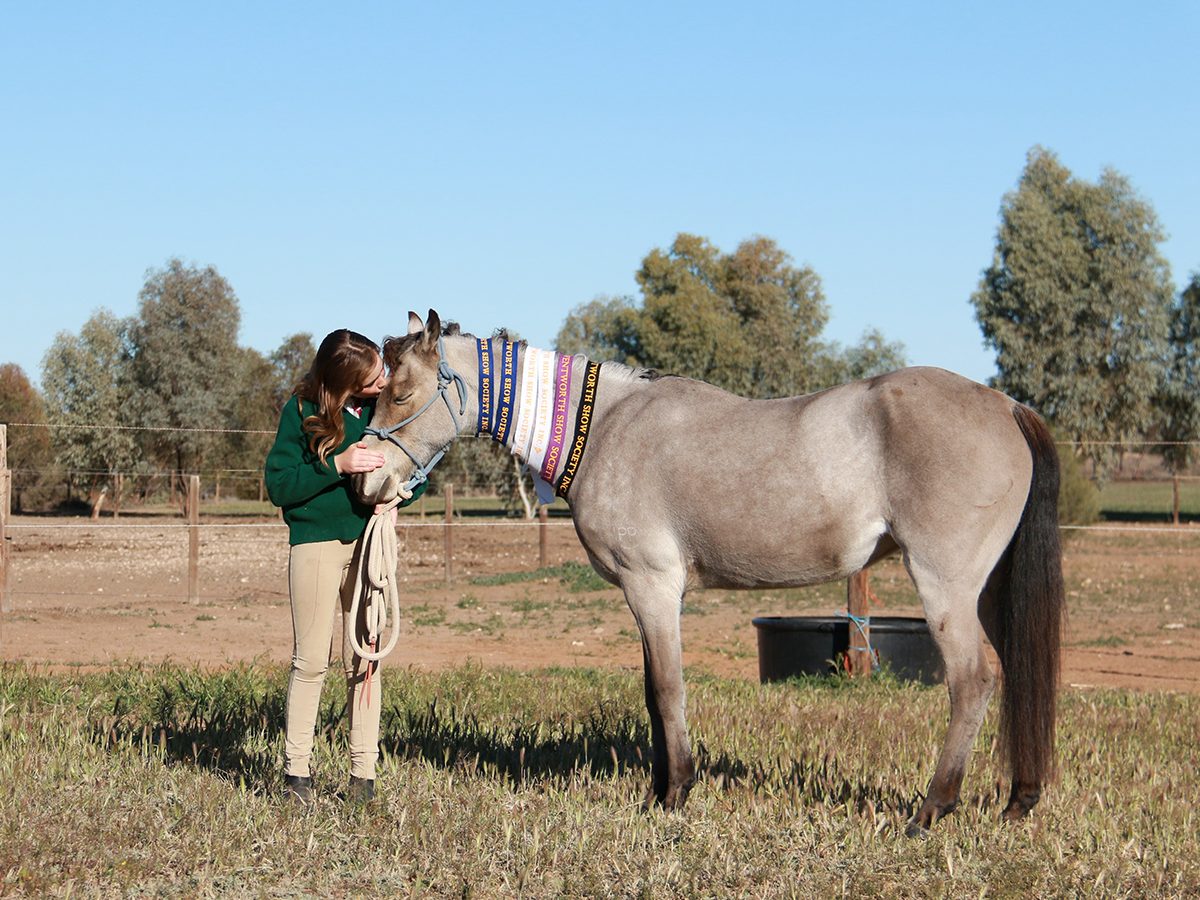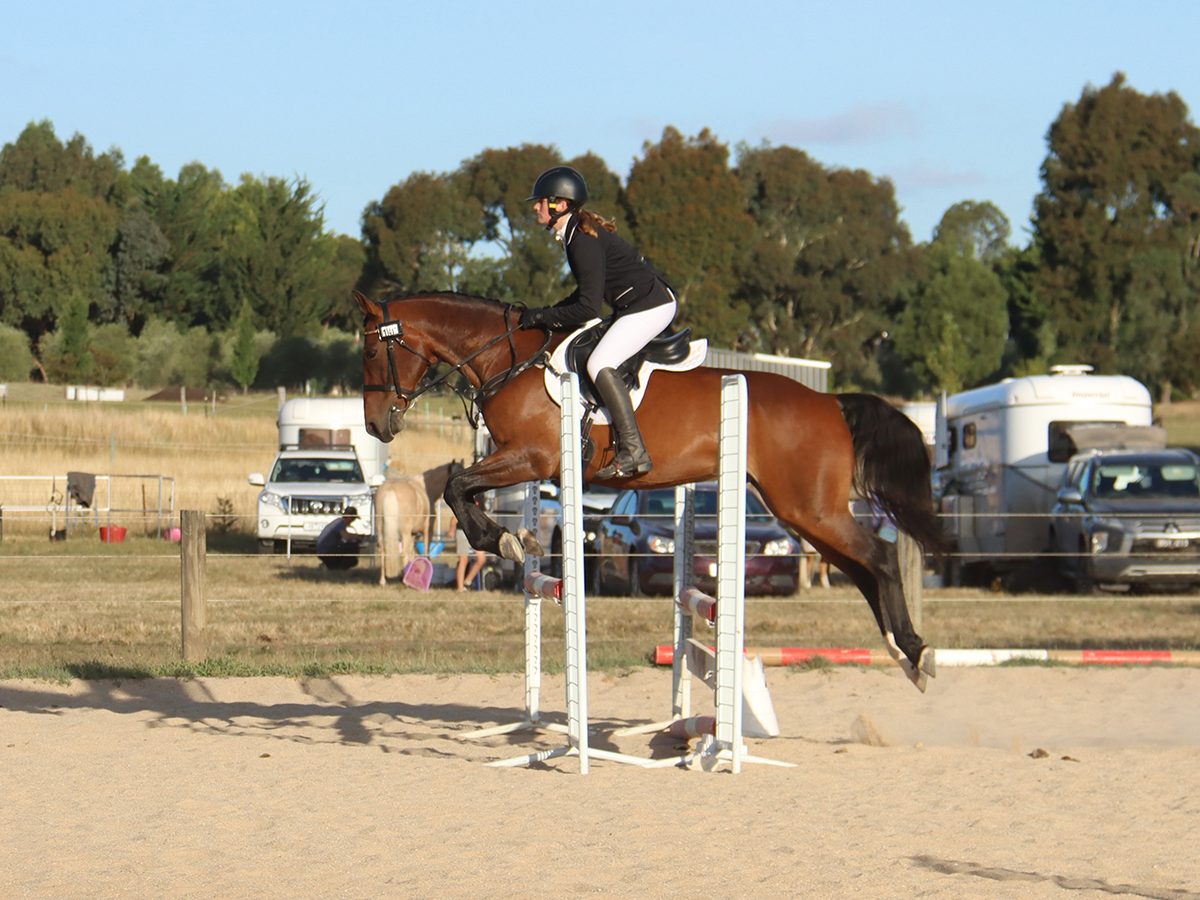With dreams of being an equine vet, 15-year-old Natasha Schilling has long been passionate about equine welfare. Taking part in the Pony Club Australia Leadership Certificate Program, her research led her to Sue Dyson’s Ridden Horse Pain Ethogram – and she knew it was knowledge all equestrians should be equipped with.
The welfare of equine athletes is arguably never under greater scrutiny than it is under the eyes of the world at the Olympic Games in Paris. Equestrian sports are feeling the pressure to ensure their social licence to operate is maintained – and more importantly, ensure the horses involved are treated with their best interest at heart.
GRASSROOTS CHANGE
Pony Club Australia has been implementing meaningful change on the welfare front at a grassroots level, enlightening the next generation to how we can better care for our horses. In 2019, PCA reframed much of its existing syllabus content through Equitation Science. This approach has legitimised, refined and built upon the more than 90 years of tradition in Pony Club coaching worldwide, and was overseen by one of the best-known proponents of Equitation Science, Dr Andrew McLean. The new syllabus now includes, among other things, the addition of groundwork exercises and information about horse behaviour, while removing several practices no longer considered consistent with equine welfare.

Instilling these welfare values in younger riders is paramount, as it ensures they are empowered with the knowledge and skills required to influence meaningful change in the industry as their equestrian careers progress.
Cathrine Ainsworth, who last year retired after eight years as PCA CEO, introduced the Pony Club Australia Leadership Certificate Program during her tenure. A program for members aged 14 to 18, it focuses on building leadership skills and fostering personal growth through four main components: skill development, community engagement, leadership growth, and reflection. It’s about more than just horses; it’s about life skills too.
So far, three groups have gone through the program, with the latest group finishing during the first six months of this year. Catherine has continued to manage this latest group involved in the program and mentored four of the candidates.

“The PCA Leadership certificate provides candidates with seminars from subject matter experts, the opportunity to practice leadership in a Pony Club setting and experience working with a mentor,” explains Catherine. “Candidates must learn and apply a new skill, plan and execute a volunteer project, develop an understanding of team dynamics and present their results and experience to an independent panel.”
One young equine enthusiast who completed her certificate this year was Natasha Schilling. The 15-year-old dived into the world of show jump course design for her first module, which culminated with her designing a course for a rally at her club, and then for her volunteer work she pencilled for the Dunolly Pony Club and participated in a club working bee. However, it was her project on The Ridden Horse Pain Ethogram that would ultimately showcase her leadership skills.
While many in the program centred their projects on their actual clubs and running events, Natasha’s club – Mildura Alcheringa Pony Club – was suffering flood damage and therefore she had to think outside the box.
THE EQUINE ‘PAIN FACE’
In recent times, some outdated views of what constitutes an acceptable way to treat our equine partners are being challenged, and new scientific insights are driving change. Training methods based on positive reinforcement are now more widely accepted, and studies such as Sue Dyson’s The Ridden Horse Pain Ethogram are redefining the way we assess equine behaviour and soundness.
Natasha came across Sue Dyson’s paper and was instantly intrigued; she knew this had to be her project.

“I’m very passionate about horses and their welfare, so I was going through the certificate work from some of the lower grades and just looking at what welfare information they have included in there,” explains Natasha. On seeing the direction Natasha was looking to take with her project, Catherine introduced her to Sue Dyson’s work.
And so Natasha’s project went down the path of looking at the Ridden Horse Pain Ethogram and how it could be used to enhance the horse welfare component of the PCA rider syllabus.
She wrote a detailed report and, with her mentor’s help, created presentation slides for various certificate levels. For example, she suggested E Certificate riders should learn to recognise behaviours such as bucking, rearing, and reluctance to move forward, emphasising that these behaviours could indicate pain or injury, not just a “naughty pony”.
“It’s so important that horse owners understand these welfare aspects. I know people – adults – who have been around horses all their lives and may not be aware of these sorts of things. It’s so important to know when your horse is lame or in pain. I feel if we teach the younger generations early on, they can build on that knowledge and they can become better informed about their horses and how they work,” says Natasha.
“There are so many little details that some people don’t pick up on and just think, ‘Oh he’s just been a naughty pony’, or ‘he’s just doing it because he can get away with it’, but in reality, he could be sore and you’re just not really seeing it.”
Besides learning about the Ridden Horse Pain Ethogram, Natasha says the Leadership Program has also helped her develop in other ways. “I definitely learned more about who I am as a leader, and I learned more about what I can work on and what’s really important in terms of both teamwork and being a leader.”

A LIFELONG LOVE
Natasha was introduced to horses by her auntie; however, it wasn’t until the age of eight when her family moved to property in Mildura and she was able to ger her first pony, an ex-games mount named Sienna. A year later she was off to Pony Club, and with Sienna she learnt the basics of eventing – which remains her discipline of choice today. At present, she competes at Grade 3 with mare Ochre.
Currently in Year 10, Natasha hopes to continue into a career that can help horses and promote their welfare. “I’ve had a few career paths cross my mind, but it’s always come back to being an equine vet. My heart horse, Sonic, he’s had some long-term injuries that we can’t quite figure out what’s up and how to fix it. We’ve asked several vets, but so far they’re not really sure what’s wrong and how to help him. This has sealed the deal for me; I want to become a vet, I just want to help him.”
“I want to become a vet,
I just want to help him.”

EDUCATING OTHERS
Natasha graduated from the PCA Leadership Certificate Program with flying colours, and PCA is now looking at continuing the journey with her to see how the modules she has created could be incorporated into the PCA syllabus.
“It was great that Natasha independently decided she wanted to work on a project in the education space, and one of national significance,” says Catherine. “Natasha conducted independent research and analysed how information on recognising signs of pain in horses could be presented to beginner and more experienced riders.
“As author of the PCA Horse Welfare Policy, it was easy to see how Natasha’s work aligns, and it can also be included in the education material for the PCA rider certificates. PCA coaches are an important audience for this information. Signs of pain can easily be misread as behavioural problems and improved knowledge in this area will help communication between horse and rider.” EQ
This article was brought to you by Scoot Boot; Australian-designed hoof boots for pleasure, performance and rehabilitation. Click here to find out more about the Scoot Boot range.

